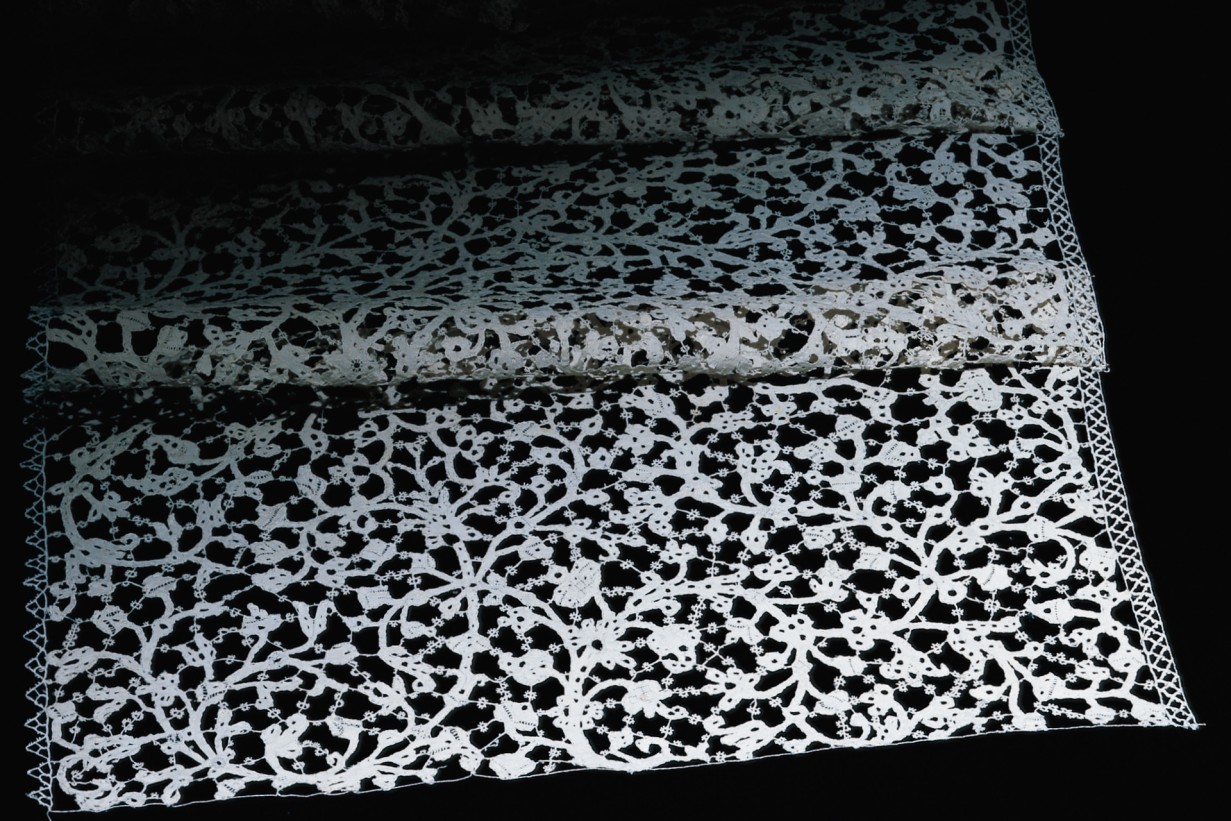MAKtour
Every week you can explore our permanent collections anew together with our art educators. Each time they focus on something different, with fascinating stories, insights, and background information on the exhibits.
every Friday, 4.30 pm (in English)
every Sunday, 11 am
Experience the MAK by listening! Explore the MAK with the digital MAK Guide. Audio pieces and high-resolution images offer you an entirely new access to MAK objects and their stories. Free of charge and without download on your mobile at
guide.MAK.at 
